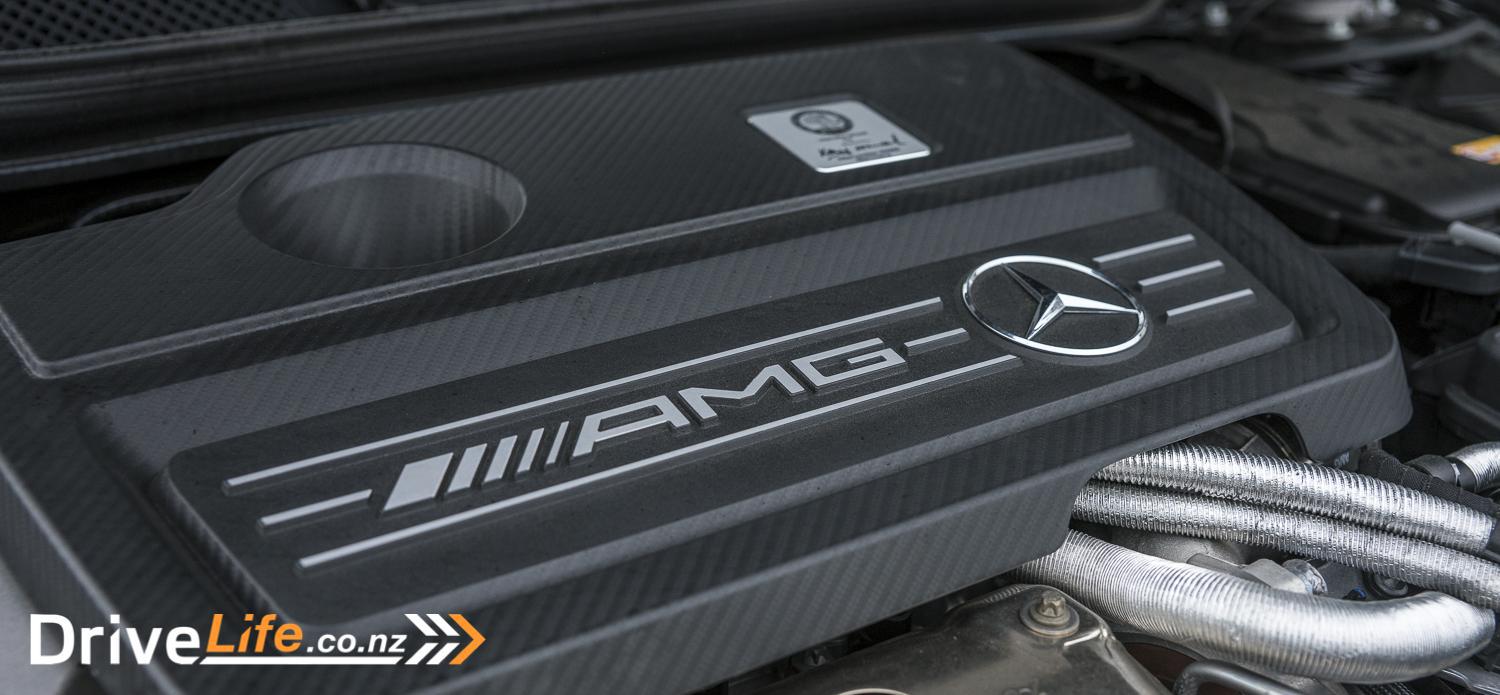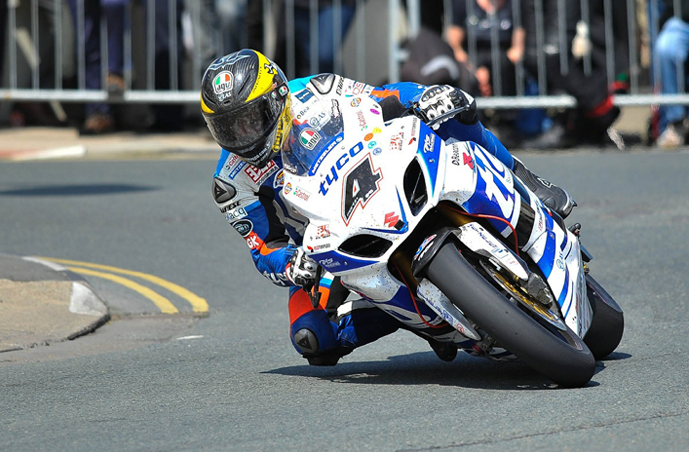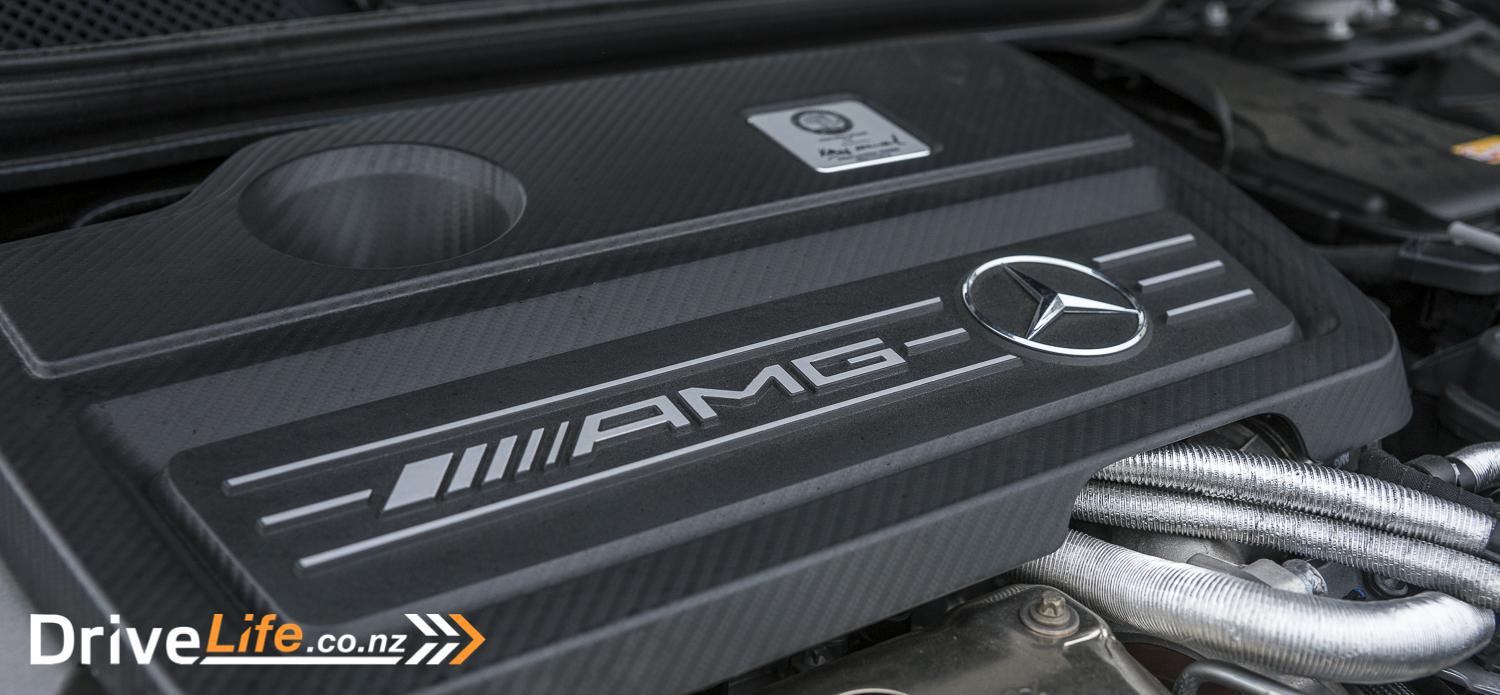
One Week With: two thousand seventeen Nissan 370Z
E ight years from its production debut in 2009, the Nissan 370Z soldiers on. In this industry, we treat model years like dog years, making Nissan`s rear-drive sports car fairly the senior citizen. Observing as the Z`s sales figures aren`t what they used to be, and the future of the vaunted Z-car line is uncertain, we spent a week with a base-model 370Z to see how the coupe holds up toward the tail-end of 2016.
Let`s get it out of the way: our striped-out, base-model 370Z with cloth seats, no infotainment display, Bluetooth connectivity, or satellite radio carried a sticker of $30,855. This is a tall price to pay for a car with essentially no standard amenities, save a radio and climate control. It`s not as if these omissions add up to any stupendous weight savings either – just sixty pounds separate the Three,292-pound base model from the top-spec Trio,353-pound Sport Tech trim. This level of asceticism was the norm in 2009; it wasn`t until a few years later when the majority of fresh cars began to feature standard infotainment screens.
The price only climbs from here. Disregarding the track-tuned Nismo, a 370Z Touring tops out just north of $41,000, putting the entire Z line in dangerous territory. If you disregard non-comparable cars like the Golf R, Concentrate RS, and Subaru WRX STI, you`re left with a field of mighty hitters. Within the $30,000-$40,000 range, cars like the Mustang GT, Camaro SS, BMW 220i, and Dodge Challenger R/T Scat Pack suggest tremendous power and spectacle in similar front-engined, rear-wheel drive, two-door packages.
However, the 370Z is the only two-seat sports coupe available under $40,000 and,despite the age, the engine isn`t asthmatic. Like every non-Nismo 370Z, power comes from a Trio.7-liter naturally-aspirated V-6 engine, an oddity in a world of strung-out turbo-fours. Three hundred thirty two hp and two hundred seventy lb-ft of torque is routed to the rear wheels through a standard six-speed manual transmission, providing the Z a claimed 0-60 time of Four.7 seconds and a top speed limited to one hundred sixty mph. Not bad for a grandpa.
Our Z arrived wearing bright Chicane Yellow paintwork, a discontinued hue brought back for the two thousand seventeen model year. The eight-year-old lines are still distinctive – and still capable of stealing interested glances from other drivers and pedestrians, somewhat to our surprise. In a world of angular fastbacks like the Mustang and Camaro, the big-butt 370Z remains a curvy outlier. From a rear quarter perspective, the flared rear haunches are tremendous, sticking out like a Porsche nine hundred eleven Carrera 4S, and from the front, the long fetish mask visually thrusts the cockpit away from the grille, creating classical «long spandex hood, brief cabin» sports car proportions.
Even without accoutrements, the Z felt special to drive around town. Perhaps we just aren`t used to fixed-roof two-seat cars anymore, but the Z`s interior design felt cozier and more driver-focused than a Mustang or Camaro. Still, corporate Nissan rules the switchgear, including a steering wheel that emerges ripped straight from a Sentra. In place of the usual infotainment screen, a leather-wrapped compartment packed the space, with a ordinary display unwrap underneath for the radio.
If you were ready to forgive the 370Z for a dated design, things begin to crumble when you tackle a mountain pass. Thanks to an overprotective stability control system, we arrived at the end of the canyon road with roasted brakes. Partially to blame are the skinny 225/245 F/R Yokohama Advans, which let go far too lightly. When the Advans began to lose grip, the stability control system stepped in anxiously, overheating our brakes by the end of the run. The car also felt stronger than it should and wasn`t impatient to indulge our quick inputs, preferring to rip around clogged city roads than a winding two-lane.
Backroad manners aside, it`s not all bad. The gutsy Three.7-liter under the front fetish mask breathes deep up to a lofty 7,500 rpm, providing us slew of range to play with. Power was consistent and strong, despite peak torque arriving at a heady Five,200 rpm. When we did get moving, we found that the shifter was a short-throw unit with fantastic tactility, permitting for quick up and downshifts at speed.
There`s still much to love about the 370Z, but it leaves us apprehensive. Nissan has remained silent on the future of the slow-selling sports car, but dark clouds have gathered on the horizon. Rumors regarding hybrid power, drive-by-wire steering, and even a crossover Z have circulated for a while now.
On 2nd thought, let`s hope the 370Z stays around for another eight years.
One Week With: two thousand seventeen Nissan 370Z, Automobile Magazine
One Week With: two thousand seventeen Nissan 370Z
E ight years from its production debut in 2009, the Nissan 370Z soldiers on. In this industry, we treat model years like dog years, making Nissan`s rear-drive sports car fairly the senior citizen. Watching as the Z`s sales figures aren`t what they used to be, and the future of the vaunted Z-car line is uncertain, we spent a week with a base-model 370Z to see how the coupe holds up toward the tail-end of 2016.
Let`s get it out of the way: our striped-out, base-model 370Z with cloth seats, no infotainment display, Bluetooth connectivity, or satellite radio carried a sticker of $30,855. This is a tall price to pay for a car with essentially no standard amenities, save a radio and climate control. It`s not as if these omissions add up to any stupendous weight savings either – just sixty pounds separate the Trio,292-pound base model from the top-spec Trio,353-pound Sport Tech trim. This level of asceticism was the norm in 2009; it wasn`t until a few years later when the majority of fresh cars began to feature standard infotainment screens.
The price only climbs from here. Disregarding the track-tuned Nismo, a 370Z Touring tops out just north of $41,000, putting the entire Z line in dangerous territory. If you disregard non-comparable cars like the Golf R, Concentrate RS, and Subaru WRX STI, you`re left with a field of intense hitters. Within the $30,000-$40,000 range, cars like the Mustang GT, Camaro SS, BMW 220i, and Dodge Challenger R/T Scat Pack suggest tremendous power and spectacle in similar front-engined, rear-wheel drive, two-door packages.
However, the 370Z is the only two-seat sports coupe available under $40,000 and,despite the age, the engine isn`t asthmatic. Like every non-Nismo 370Z, power comes from a Three.7-liter naturally-aspirated V-6 engine, an oddity in a world of strung-out turbo-fours. Three hundred thirty two hp and two hundred seventy lb-ft of torque is routed to the rear wheels through a standard six-speed manual transmission, providing the Z a claimed 0-60 time of Four.7 seconds and a top speed limited to one hundred sixty mph. Not bad for a grandpa.
Our Z arrived wearing bright Chicane Yellow paintwork, a discontinued hue brought back for the two thousand seventeen model year. The eight-year-old lines are still distinctive – and still capable of stealing interested glances from other drivers and pedestrians, somewhat to our surprise. In a world of angular fastbacks like the Mustang and Camaro, the big-butt 370Z remains a curvy outlier. From a rear quarter perspective, the flared rear haunches are tremendous, sticking out like a Porsche nine hundred eleven Carrera 4S, and from the front, the long rubber hood visually shoves the cockpit away from the grille, creating classical «long spandex hood, brief cabin» sports car proportions.
Even without accoutrements, the Z felt special to drive around town. Perhaps we just aren`t used to fixed-roof two-seat cars anymore, but the Z`s interior design felt cozier and more driver-focused than a Mustang or Camaro. Still, corporate Nissan rules the switchgear, including a steering wheel that emerges ripped straight from a Sentra. In place of the usual infotainment screen, a leather-wrapped compartment packed the space, with a plain display de-robe underneath for the radio.
If you were ready to forgive the 370Z for a dated design, things begin to crumble when you tackle a mountain pass. Thanks to an overprotective stability control system, we arrived at the end of the canyon road with roasted brakes. Partially to blame are the skinny 225/245 F/R Yokohama Advans, which let go far too lightly. When the Advans began to lose grip, the stability control system stepped in impatiently, overheating our brakes by the end of the run. The car also felt stronger than it should and wasn`t antsy to indulge our quick inputs, preferring to rip around clogged city roads than a winding two-lane.
Backroad manners aside, it`s not all bad. The gutsy Three.7-liter under the front fetish mask breathes deep up to a lofty 7,500 rpm, providing us slew of range to play with. Power was consistent and strong, despite peak torque arriving at a heady Five,200 rpm. When we did get moving, we found that the shifter was a short-throw unit with fantastic tactility, permitting for quick up and downshifts at speed.
There`s still much to love about the 370Z, but it leaves us apprehensive. Nissan has remained silent on the future of the slow-selling sports car, but dark clouds have gathered on the horizon. Rumors regarding hybrid power, drive-by-wire steering, and even a crossover Z have circulated for a while now.
On 2nd thought, let`s hope the 370Z stays around for another eight years.

